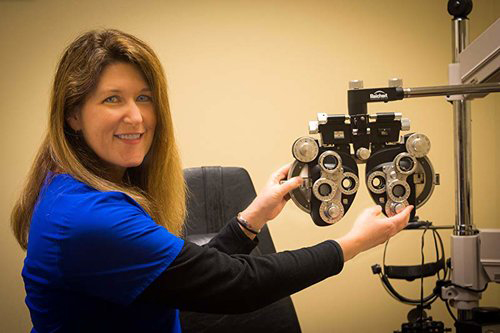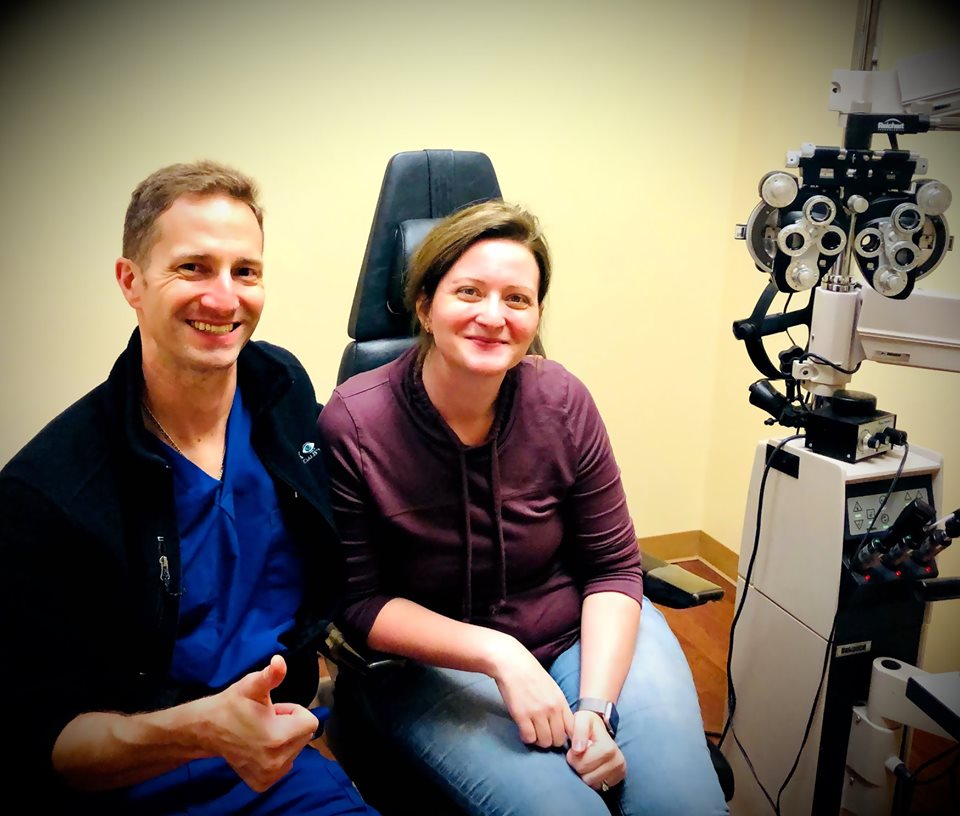Macular Degeneration Treatment in Shreveport-Bossier
Macular Degeneration – is the leading cause of impaired reading or detailed vision. It is caused by the breakdown of the macula, the central portion of the retina. Although macular degeneration causes distortion of central and color vision, side vision is not affected. Macular Degeneration treatment in Shreveport-Bossier can be assisted by Lusk Eye Specialists.
Significant risk factors for macular degeneration
The retina is a thin layer of light sensitive tissue which lines the back of the eye. When light enters the eye, it is focused by the cornea and the lens onto the retina. The retina then transforms the light images into electrical impulses which are sent to the brain through the optic nerve.
What is the macula?
The macula is a very small area of the retina which is responsible for central vision and color vision. The macula allows us to read, drive, and perform detailed work. Surrounding the macula is the peripheral retina which is responsible for side vision and night vision.
Who gets macular degeneration?
Most common in people over 60, but can appear as early as age 40. Macular degeneration is the most common cause of severe vision loss among people over 65, and, as life expectancy increases, the disease is becoming an increasingly significant problem.
What causes macular degeneration?
Macular degeneration is most commonly a natural result of the aging process. With time, the retinal tissues break down and become thin. This deterioration causes a loss of function of the macula.
In about 10% of cases of macular degeneration, aging of the retina is compounded by leakage of the tiny blood vessels which nourish the retina. Growth of new, abnormal blood vessels in the scar tissue that forms from the leaking blood vessels is also common. Blood and leaking fluid destroy the macula, causing vision to become distorted and blurred. The formation of dense scar tissue blocks out central vision to a severe degree.
Occasionally, macular degeneration is caused by injury, infection, or inflammation. The disease may also be hereditary.
What are the symptoms of macular degeneration?
The most notable symptom of macular degeneration is blurry or distorted central vision. Difficulty in reading, doing close work, or driving may also be noticed. A person with macular degeneration may experience blurry words on a page, distortion of the center of a scene, a dark or empty area in the center of vision, or the distortion of lines.
Macular degeneration may also cause a dimming of color vision Fortunately, the disease does not cause total blindness, as side vision is not affected. Macular degeneration only affects central and color vision. However, if macular degeneration occurs in only one eye, the symptoms of the disease may not be noticed, as the “good” eye compensates for the “bad” eye.
How is macular degeneration treated?
Unfortunately, there is no cure for macular degeneration. However, Lusk Eye Specialists in Shreveport-Bossier can provide laser treatment, used to slow the progression of the disease. Laser treatment can also be effective in sealing leaky blood vessels and destroying abnormal vessels and destroying abnormal vessels so that hemorrhaging and scarring will not decrease central vision.
Low vision aids
People who suffer from macular degeneration are able to compensate for much of their vision loss through the use of low vision aids. Many magnifying devices, such as spectacles and hand or stand magnifiers, are available. Bright illumination for reading and other close work can also be helpful. Books, newspapers, and other materials are available in large print.















































